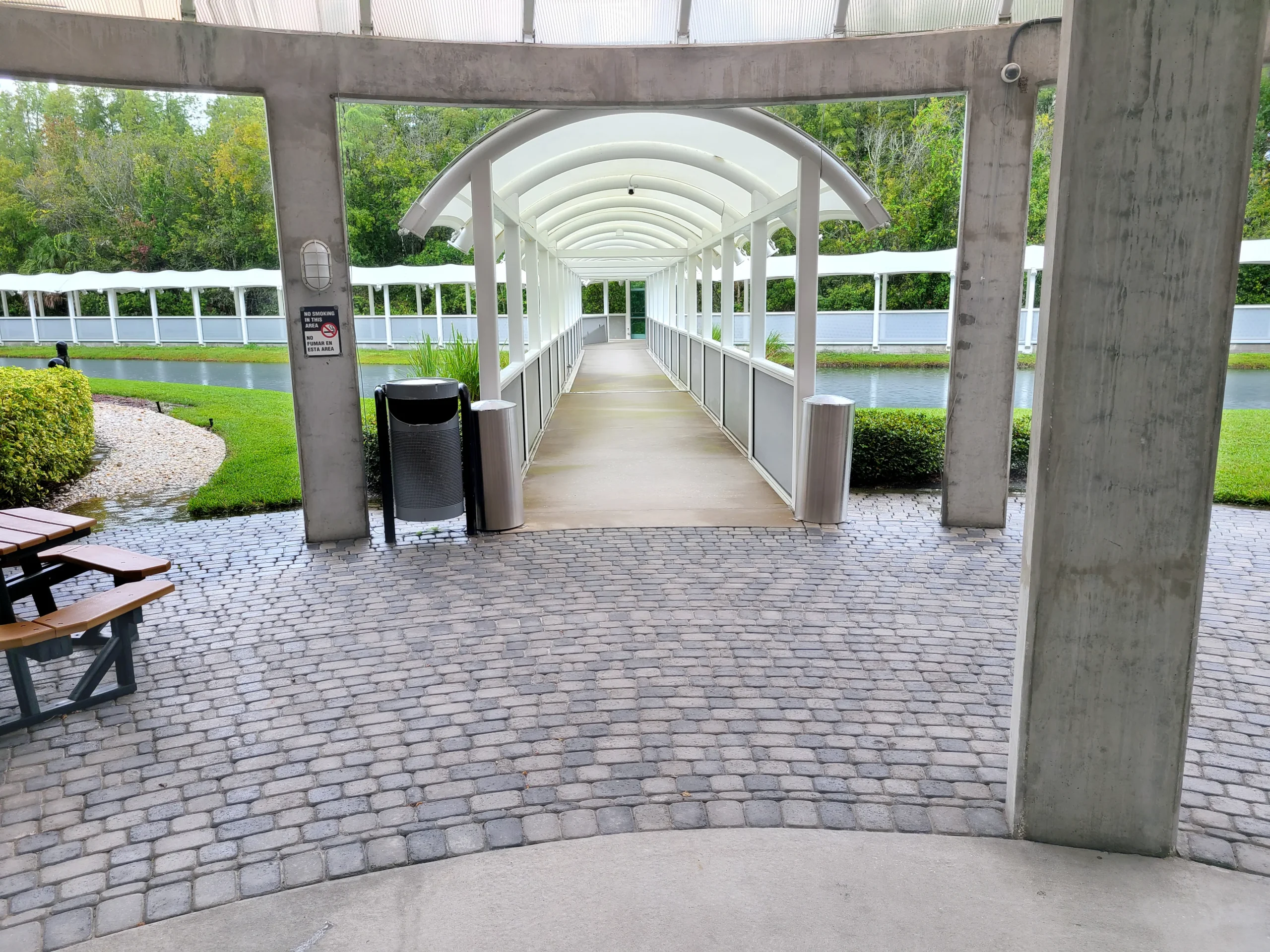Timely and accurate crime data is essential for law enforcement leaders, researchers, policymakers, and community members. In a recent follow-up webinar, panelists revisited the Real Time Crime Index (RTCI), a free, public tool developed by AH Datalytics to deliver faster, more transparent insights into crime trends nationwide.
Following up from the initial webinar that shared what the RTCI is, this session outlined how the RTCI is expanding its reach, improving usability, and helping agencies and communities make informed decisions based on near-real-time crime statistics.
Why Crime Data Timeliness Matters
Historically, the U.S. has relied on lagging data sources such as the FBI’s Uniform Crime Reporting (UCR) or the National Incident-Based Reporting System (NIBRS), which can take up to 18 months to reflect national crime trends. This delay hinders police leaders and policymakers who need to act on emerging trends now.
The RTCI was designed to solve that problem, providing a monthly snapshot of crime data drawn from hundreds of local agencies and published in a user-friendly, web-based dashboard. What started as a concept scribbled on a napkin has become a powerful public tool. In the past year, the RTCI team has:
- Launched the online platform for the Real-Time Crime Index
- Recruited data from 29 of the largest U.S. cities and hundreds of other agencies
- Built out interactive dashboards showing year-over-year and regional crime trends
- Expanded to include state, regional, and population group comparisons
- Continued technical assistance and outreach to city, county, and state-level agencies
And it doesn’t end here. AH Datalytics emphasized that the index is continually growing and includes plans to visualize historic data and additional metrics like staffing levels and clearance rates.
Built for Accessibility and Utility
One of the webinar’s key takeaways was how the RTCI simplifies access to critical crime trends—no analyst required. Users can:
- View a 5-year rolling graph of national homicide trends
- Drill down to individual agencies using the “Overview” tab
- Compare data by region, population group, or state
- Access maps showing participation across the country
Whether you’re a police chief, city council member, journalist, or academic researcher, RTCI was built to provide immediate insight with minimal friction.
Lessons Learned and Future Growth
The RTCI team shared several lessons from their year of engagement:
- Agencies are overwhelmingly supportive. Contrary to expectations, most agencies were eager to participate and contribute data.
- Transparency breeds trust. Making the data publicly accessible encourages accountability without burdening already stretched departments.
- Simplicity is key. Participating agencies can upload data monthly using a straightforward web form, with future automation via APIs under development.
Looking ahead, RTCI plans to include more crime types, integrate staffing and clearance rate data, and develop options for agencies to visualize their community trends on their public websites.
Why Agencies Should Join the RTCI
Participation is free, with the RTCI being funded philanthropically by Arnold Ventures. There are no future costs or hidden fees. In return, agencies get:
- A way to benchmark their crime trends against regional and national data
- Tools to contextualize local issues (e.g., national trends in car thefts linked to viral social media videos)
- Credibility and transparency with the communities they serve
- A voice in the development of a national public safety data resource
Depending on data availability and reporting formats, even small or mid-size departments may be eligible to participate.
How to Get Involved
The RTCI is evolving into a permanent, public data service with a long-term goal of transitioning oversight to the federal government. For now, its open-source structure and responsive design reflect a commitment to public transparency and usability.
Agencies interested in participating can learn more or submit data by visiting the RTCI website. A monthly newsletter shares regular updates and data releases, and the team remains open to feedback, partnerships, and future collaboration.




